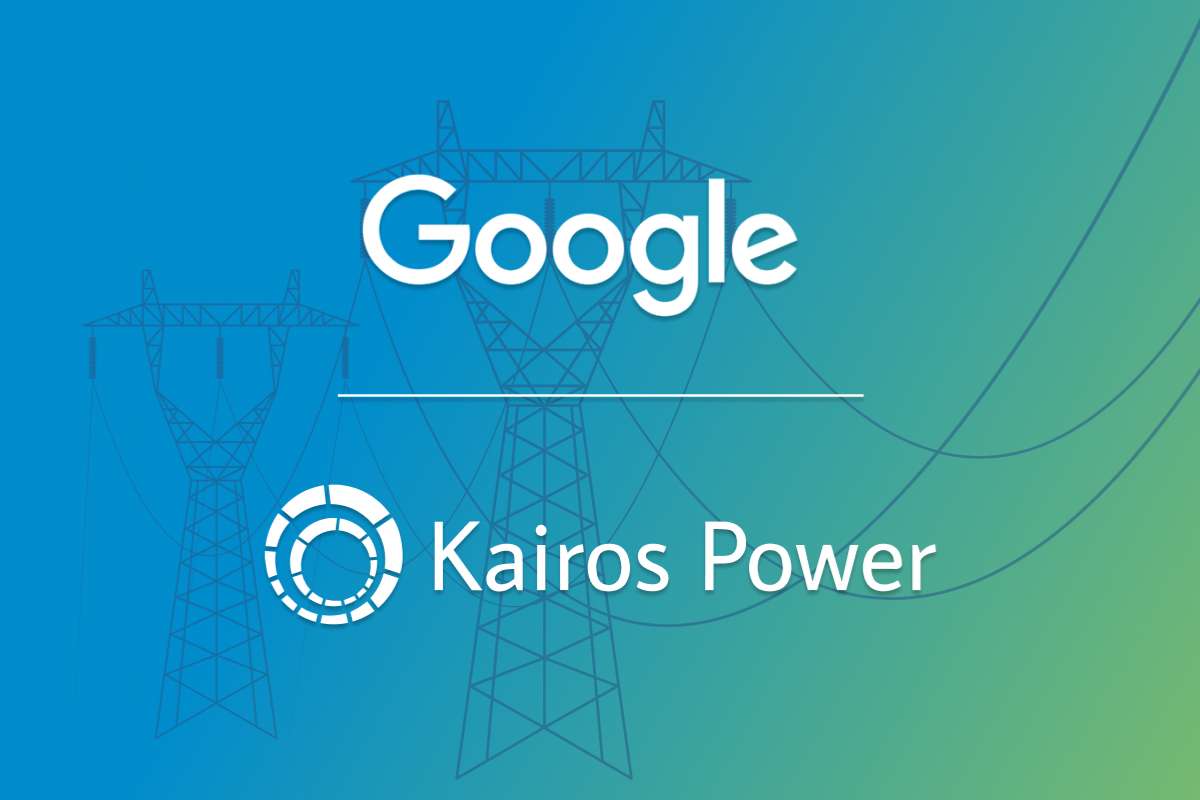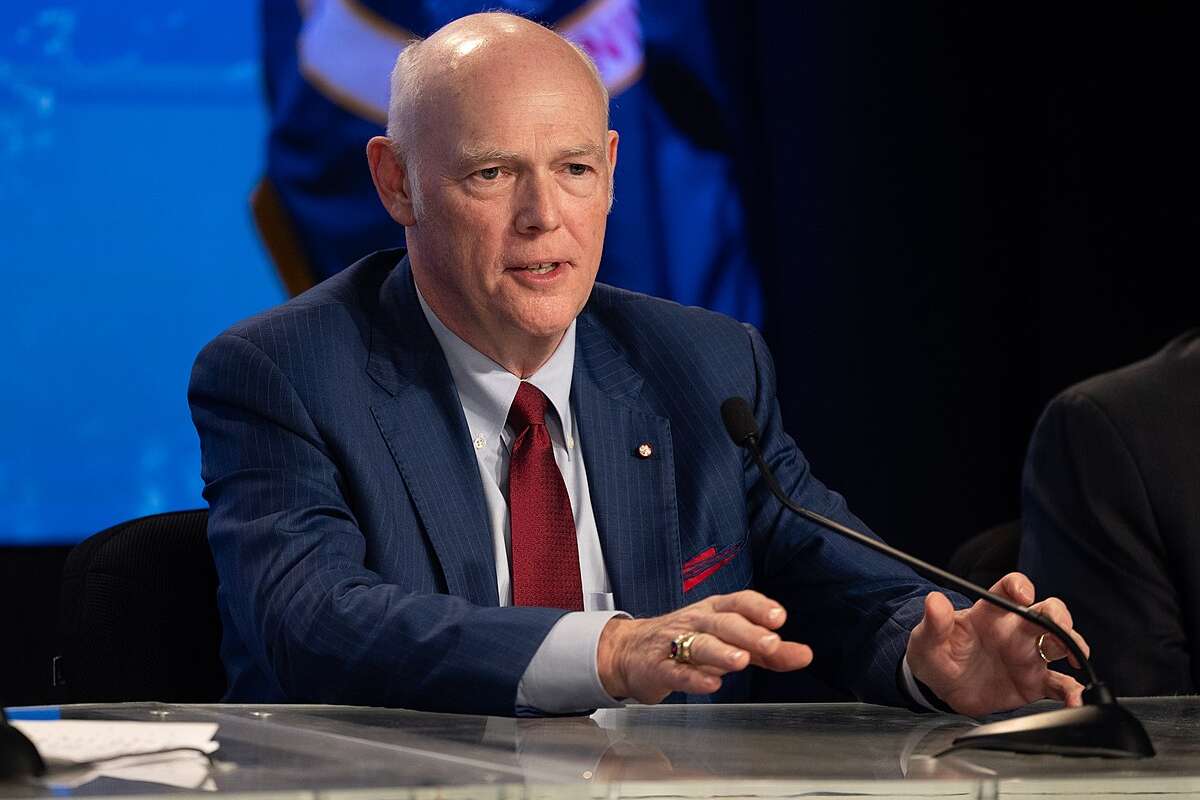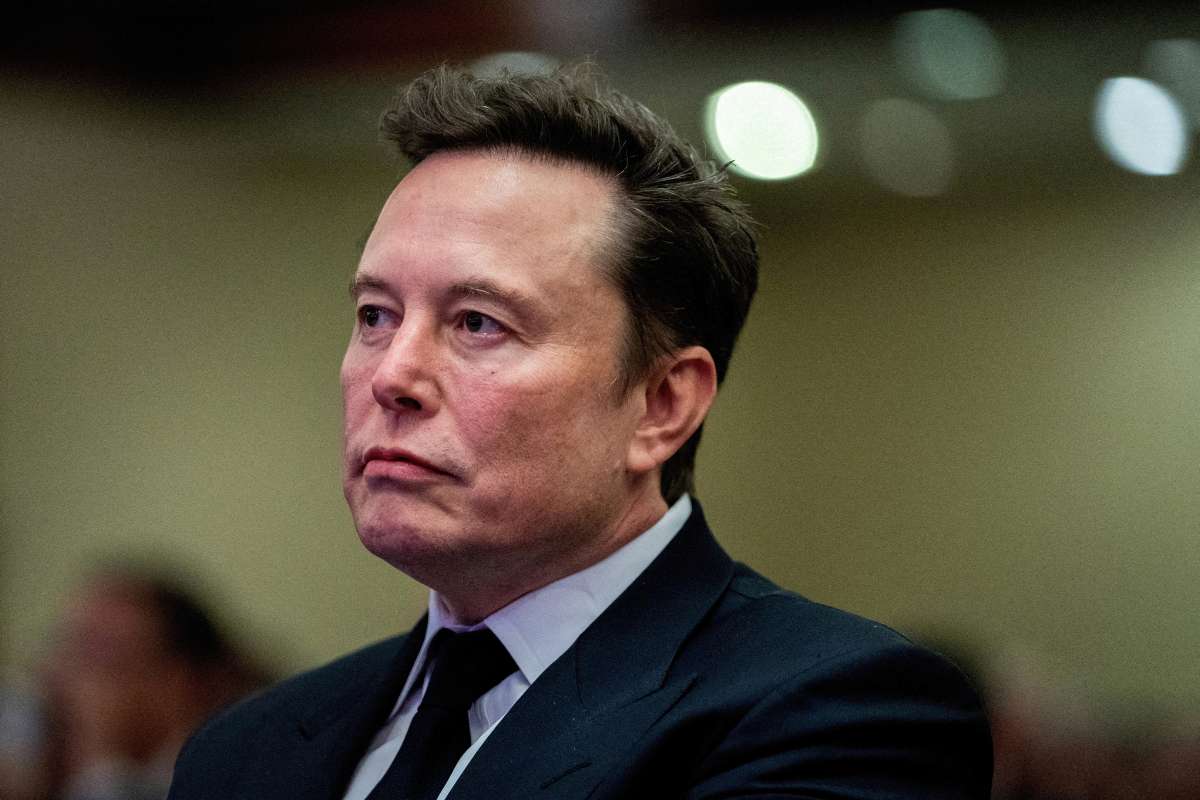Key Points:
- Google and Kairos to build nuclear plant by 2030 for data centers.
- TVA signs first U.S. deal for 50MW advanced nuclear power.
- Hermes 2 targets scalable, safe, carbon-free energy.
Alphabet’s Google and Kairos Power announced Monday they will deploy an advanced nuclear plant in Oak Ridge, Tennessee, by 2030 to support Google’s expanding data center operations.
The Tennessee Valley Authority (TVA) has agreed to purchase up to 50 megawatts of electricity from Kairos’ Hermes 2 reactor, making it the first U.S. utility to sign a power purchase agreement with an advanced nuclear facility. The plant’s output is expected to supply the equivalent of 36,000 homes.
Advanced Nuclear Technology and Strategic Goals
Hermes 2 is the initial deployment under the agreement Google and Kairos signed in 2024 to bring advanced nuclear energy to commercial scale. The electricity will serve Google’s data centers in Montgomery County, Tennessee, and Jackson County, Alabama, while also strengthening the case for new nuclear construction in the United States.
Google and Kairos emphasized that consumers will not bear the financial risk of building the first-of-its-kind plant. Instead, Kairos and Google will fund construction costs, while TVA will provide long-term revenue stability through its purchase agreement. “This solves the problem of ensuring consumers don’t carry the first-of-a-kind cost and risk,” TVA CEO Don Moul said.
The Hermes 2 plant, permitted for construction by the Nuclear Regulatory Commission in late 2024, is expected to begin operations in 2030. Kairos must still apply for an operating license before electricity generation begins.
Building a New Era of U.S. Nuclear Energy
For decades, U.S. nuclear construction has faced major obstacles. The most recent large-scale project, Georgia’s Plant Vogtle, opened in 2023 and 2024—seven years late and $18 billion over budget. Industry setbacks such as these led to the bankruptcy of major players like Westinghouse and diminished investor confidence.
Startups like Kairos, however, aim to reverse that trend. By designing smaller, modular reactors, they argue nuclear power can become faster, safer, and more affordable to build. Kairos’ Hermes 2 reactor uses liquid salt as a coolant instead of light water, allowing the plant to operate at low pressure, which reduces material costs and enhances safety.
The 50-megawatt reactor is far smaller than traditional U.S. nuclear plants, which average about 1,000 megawatts. However, Kairos projects that future reactors will reach 75 megawatts and can be deployed in series at the same site, reducing costs through standardization.
Google’s Energy Commitments and National Implications
Google has committed to purchasing 500 megawatts of advanced nuclear power through Kairos by 2035. The company views the Hermes 2 project as a pathway to scale, helping ensure reliable, carbon-free electricity to meet rising demand from artificial intelligence and cloud computing.
“We specifically want to help commercialize,” said Amanda Peterson Corio, Google’s global head of data center energy. “We want to take something small and turn it into a scalable solution.”
The Oak Ridge location underscores the region’s historic role in U.S. nuclear innovation. Oak Ridge National Laboratory has been a center of nuclear research since the Manhattan Project, and TVA continues to play a central role in energy development.
“This sets the stage for East Tennessee to become a regional hub for nuclear construction and operation,” said Kairos CEO Mike Laufer. “It will also create a foundation for affordable, carbon-free energy across the nation.”
Conclusion: A Defining Step for Nuclear Energy’s Future
The Google and Kairos-TVA collaboration represents a landmark step for advanced nuclear technology in the United States. By combining private investment with public utility support, the project addresses financial risks that have historically stalled nuclear construction. If successful, Hermes 2 could mark the beginning of a new era in U.S. clean energy deployment.











